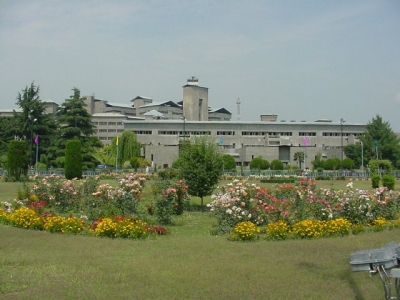Arif Ayaz Parrey
The sudden new interest shown by India’s mainstream media and Kashmir’s ‘mainstream’ politicians in what is otherwise a routine matter of state policy but has suddenly metaphorised, even metamorphosed, into “Human Rights violations in Kashmir” in their paradigm has been able to generate sufficient amount of confusion in Kashmir.
Any primer on guerrilla warfare informs us thatre volutionary tactics are not meant to succeed only by themselves. What they are intended to do is to point out that the emperor is wearing no clothes. They are meant to remove the benign masks of despotism and to expose the fault lines of imperialism, wherever they exist, or alternatively to establish that the militancy is plain terrorism devoid of any justifiable cause. This they achieve by forcing the government to prove or negate a set of premises which the guerrilla leadership, or their predecessors, have put forward before the people as integral signs of their ideology.
In Kashmir this premise was that Kashmiris can never be an integral part of India due to various reasons rooted in their histories, religions, cultures, languages, geopolitics and even environments etc. The Indian state agreed in the beginning, atleast in principle, but then moved away from that understanding as it made a transition from the fresh euphoria of freedom and democracy to a post-colonial empire. By the late 1980s, its position on Kashmir, which it acknowledged waited for a “final solution” and was therefore “disputed”, had hardened into a colonial project.
In this context, the results of the post-1989 armed insurrection in Kashmir were largely predictable. The popular insurgency was met with the full force of India’s military might. The sheer scale of the operation and its procedural counterparts like AFSPA, DAA, PSA etc bear testimony to the fact that the operation is directed more towards the restive population than to the guerrilla fighters.
The premise of the pro-azadi ideology is affirmed by the Indian military establishment every time they kill innocent bystanders in indiscriminate retaliatory firing when they are attacked by the militants, or burn a whole village to nab a couple of militants, or subject the population to routine beatings, harassment, rapes, abductions, torture and then describe the destruction of an entire society, culture and people as collateral damage. It is affirmed by the Indian state every time officers and soldiers are given promotions and salary bonuses for “kills”, for which no independent procedures are followed to establish whether the dead were armed fighters or civilians.Machil was not an aberration, nor was Pathribal, they are just cases in which truth came out against all odds. They are reminders of a much larger dark memory in Kashmir, a reality whose shadow falls over the anonymous graves too.
But time blunts the edges of memory. In this new focus on “Human Rights violations” this is what is intriguing. Various state institutions are being put on opposing sides.State’s counter-insurgency operation is dressed up in such a manner as if it is common rioting in which individuals kill individuals and the system has no responsibility.Individualised narratives are set up against the state’s rationale. “Non-victims” – Kashmiris who were lucky enough not to face serious tragedy – are made invisible. People are expected to remember everything and with intensity. If they don’t, the guilty are absolved. Forgetting will be justice.















